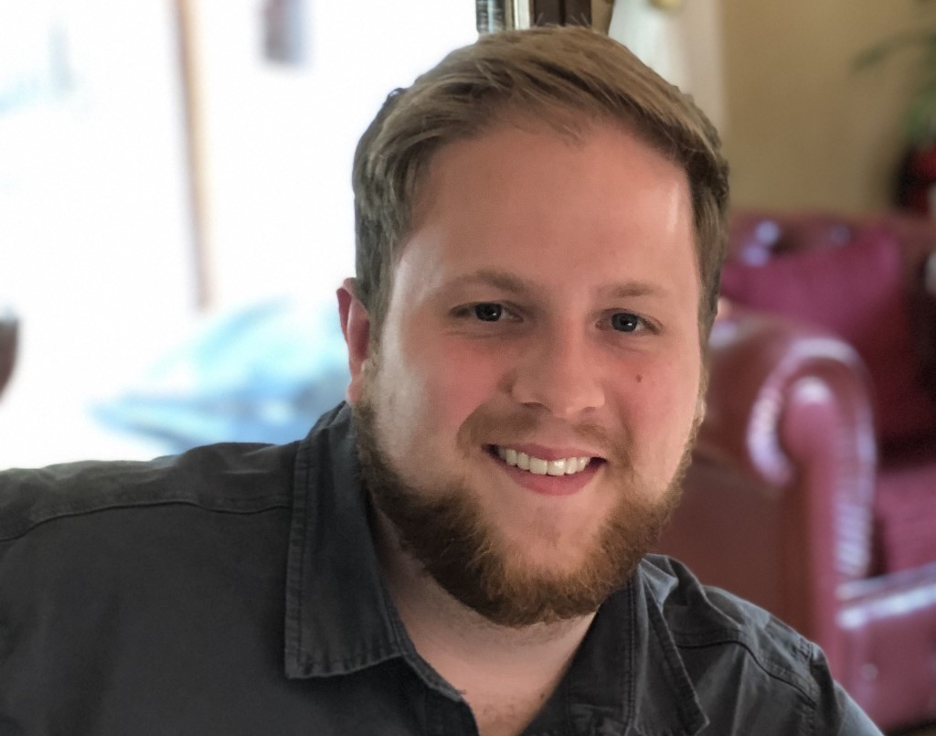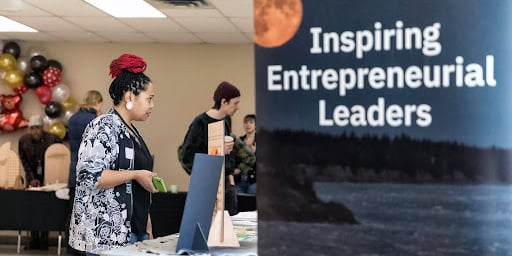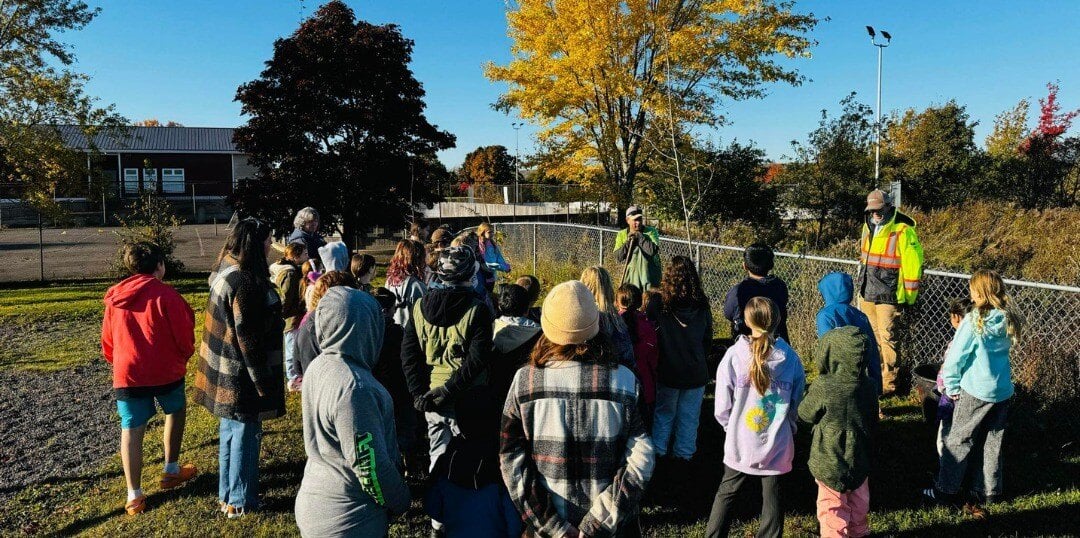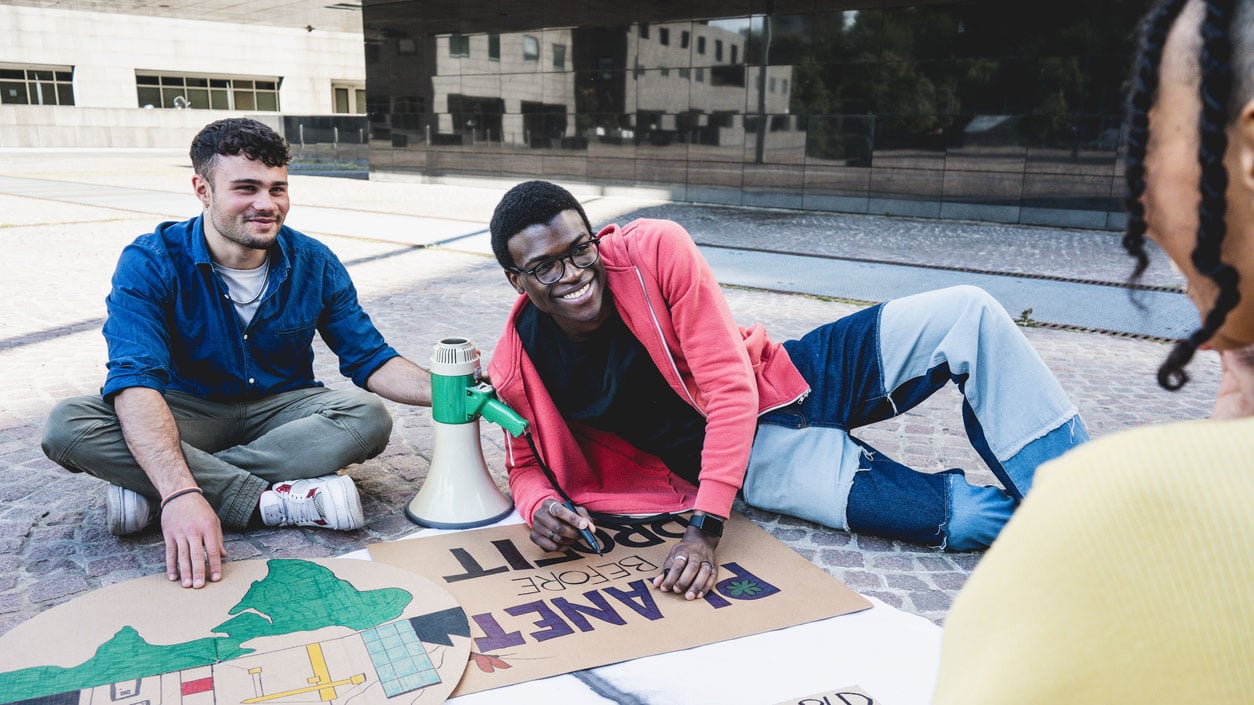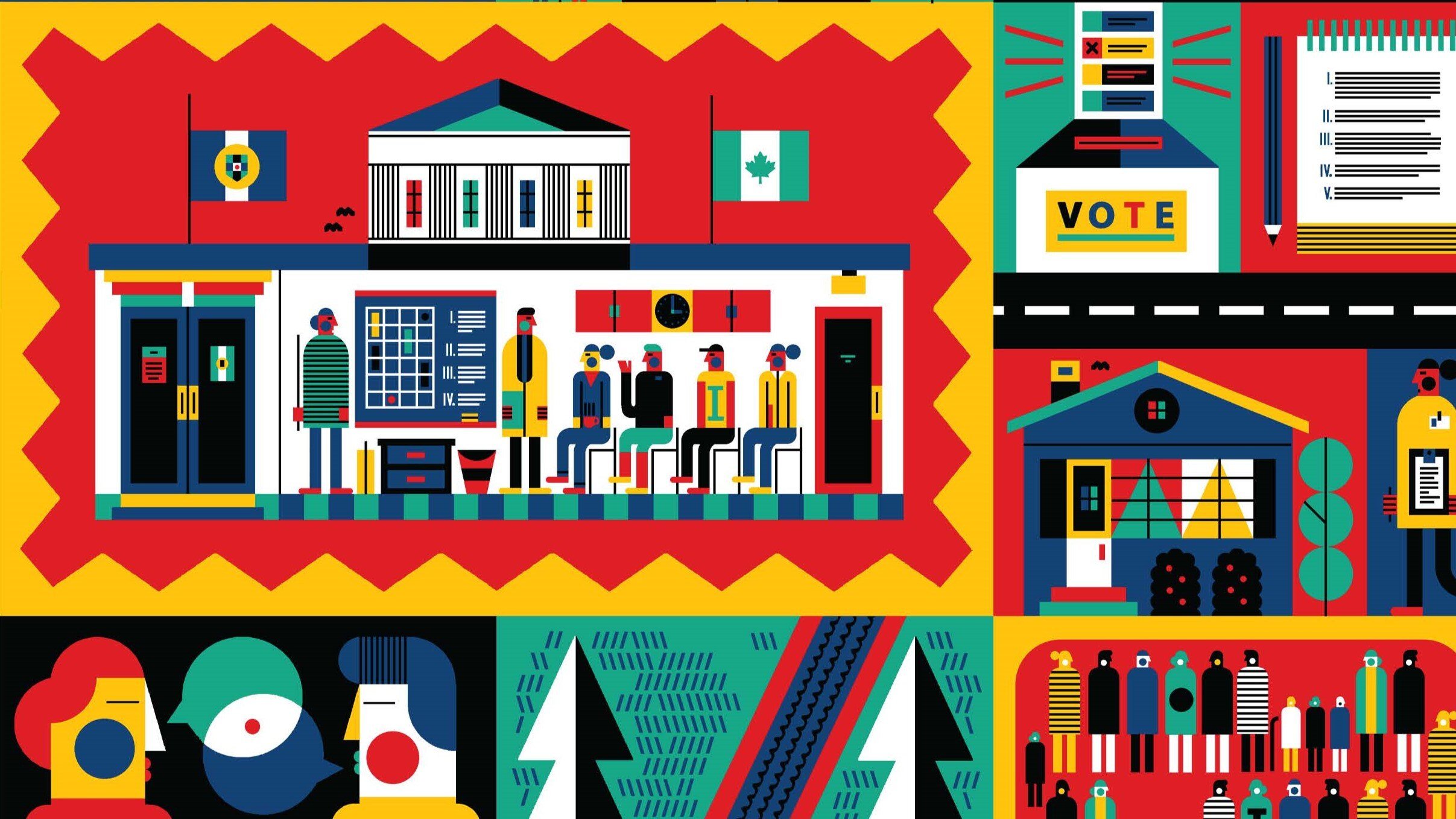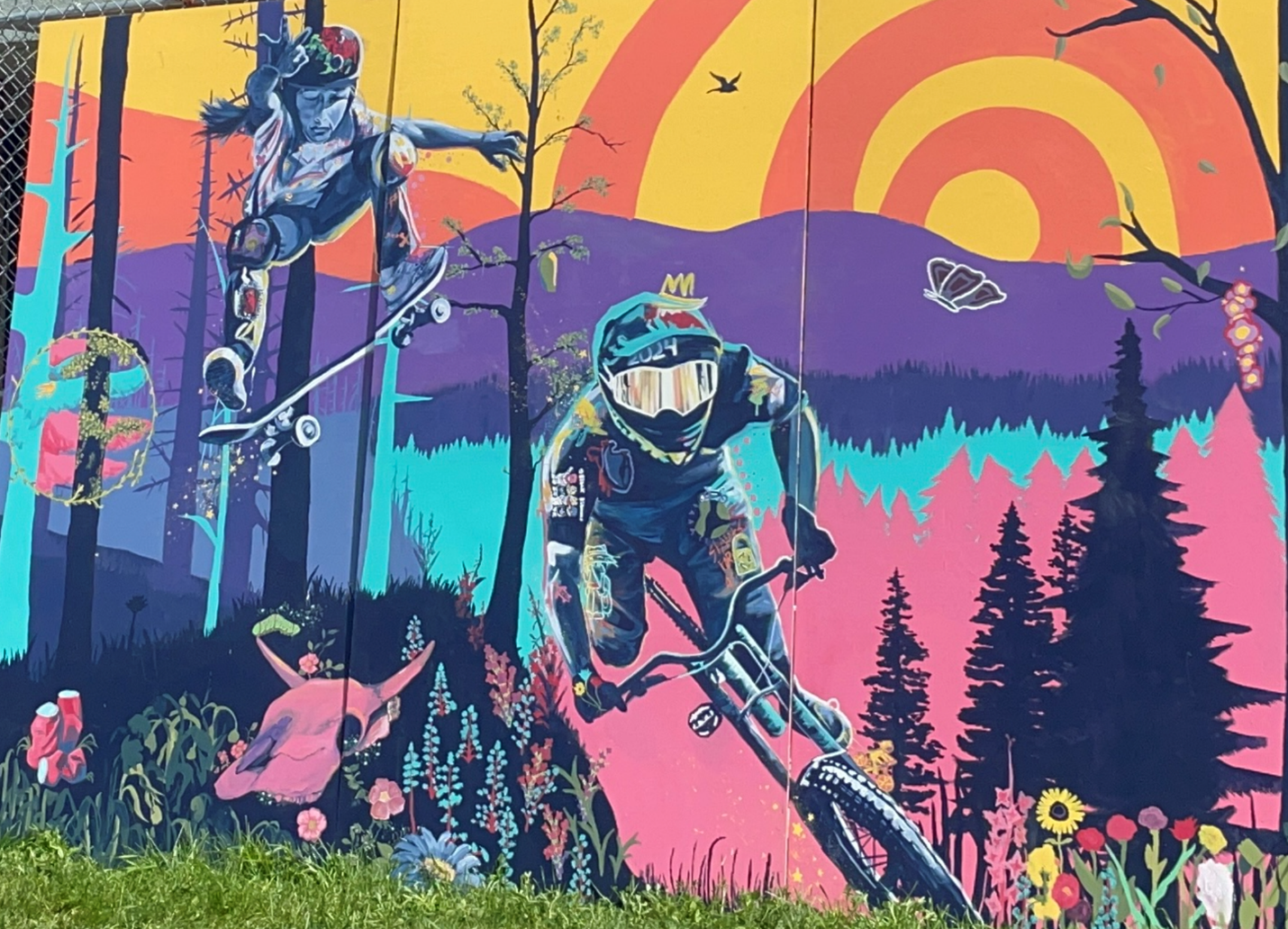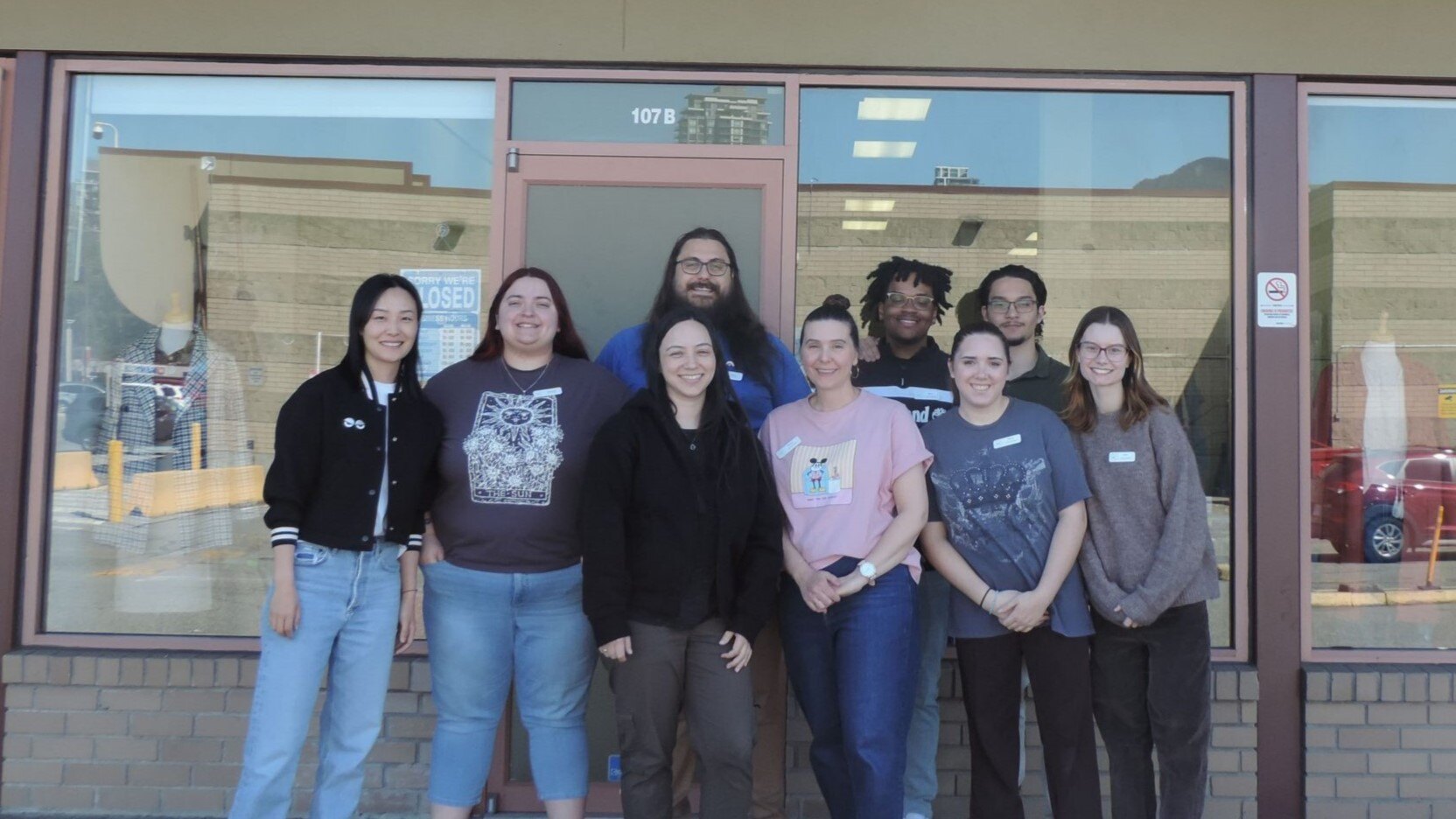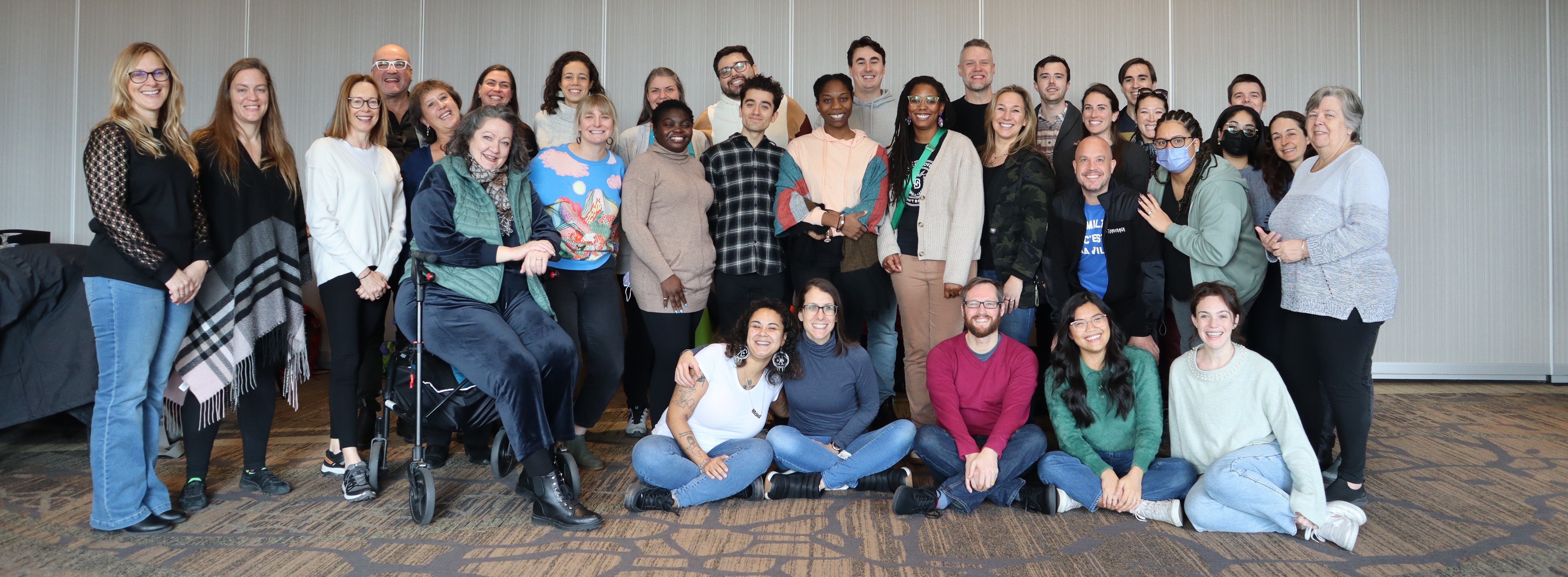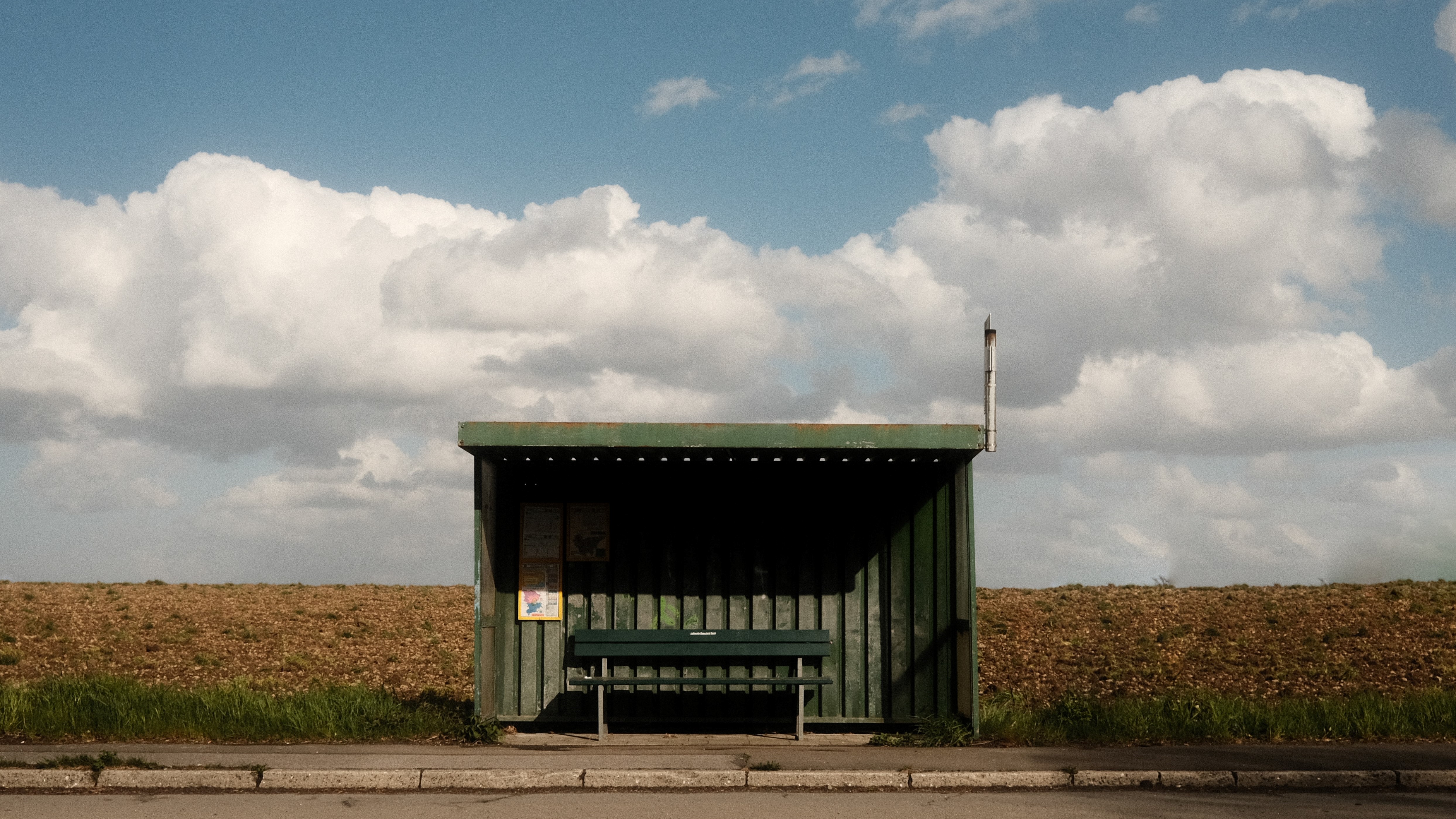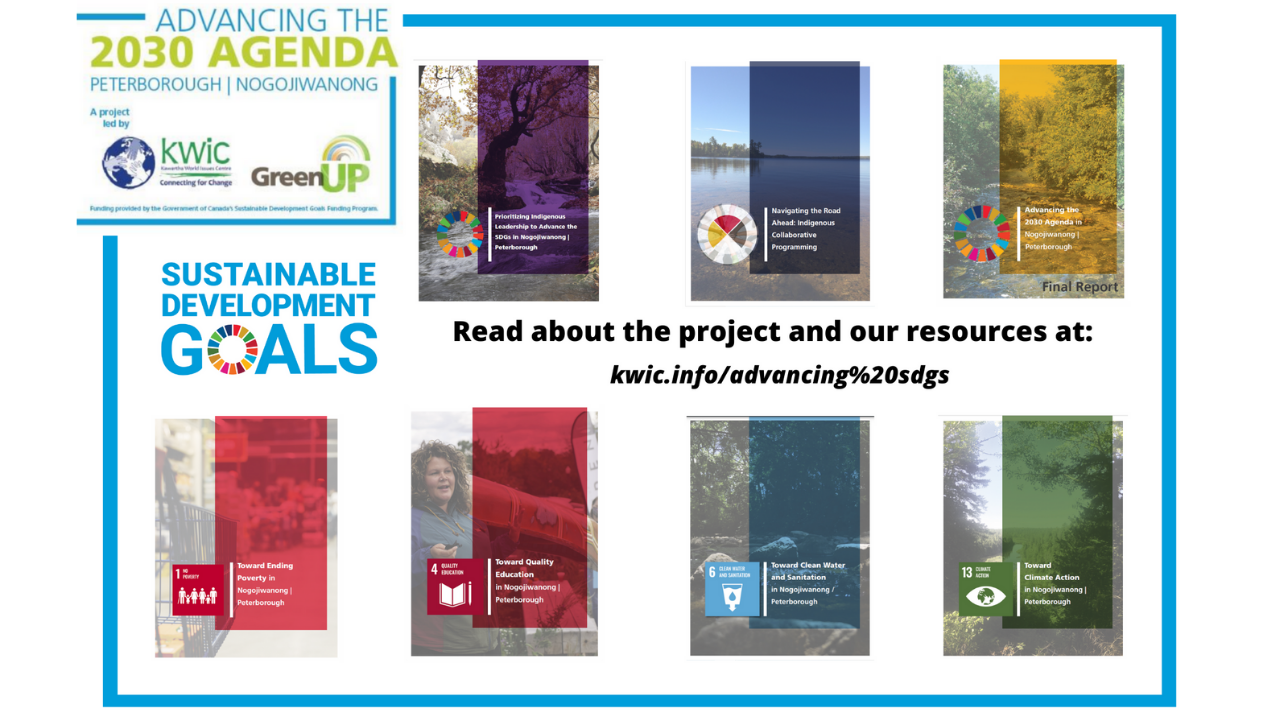It was only a month or so ago that Liz Weaver started a conversation about how we, as conveners of local Communities Building Youth Futures (CBYF) initiatives, can structure our leadership team. Like many of you, I felt a tad overwhelmed with the amount of work and speed needed to bring together a stellar leadership team to guide and oversee Chatham-Kent’s CBYF initiative. With some lessons learned over the past month, we wanted to share our top 5 lessons on how to build a stellar leadership table for your community’s CBYF initiative.
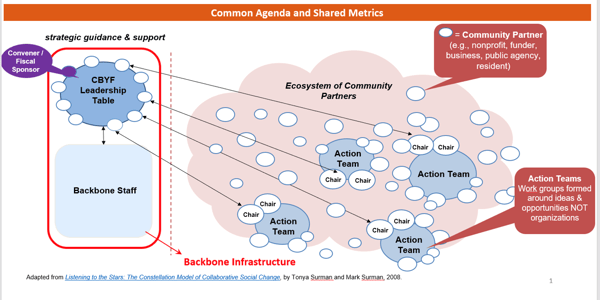
-
Build youth capacity before integration – It’s easy to add a few youths to sit on your leadership table. It’s hard to make sure they can participate effectively, and that others around the table respect their voice and solutions. Establish relationships with a few youths; mentor and train them to be effective leaders. Train your leadership table to work with youth so they know how to best encourage and engage with them. Then, host a BBQ retreat for your leadership table to introduce the youth for a smooth transition.
-
Don’t reinvent the wheel – If you already have a multi-sector leadership table established for your current work, simply add the CBYF initiative as a program and use your current leadership table to guide it. Work with what you got. If you do not have a leadership table, you will need to reinvent the wheel. Don’t worry, it’s easier than it seems (see below).
-
Right people. Right direction. – It is critical that you have the right people at your leadership table. They need to be flexible enough to let you do your job, while also structured and involved enough to maintain oversight and guide the project. Get people who understand this arrangement…this is not supposed to be a typical non-profit board arrangement.
-
Diversity, diversity, diversity – You need to have different strengths in your leadership table. You need connectors and attractors who can bridge and build relationships. You also need agitators to shake things up once in a while when you keep hitting roadblocks. Make sure all members of your leadership table have clout politically and socially that can be leveraged at the right time to further the agenda in a respectful and collaborative way.
-
Communication & Structure – You need to foster structure for your leadership table. Give people roles and make sure they feel included in the work without overwhelming them. That is where communication comes in. They need to know what you are doing, and they need to know you well enough to call you with updates to make sure everyone stays in the loop.
The biggest lesson here is you have the power to make a stellar leadership team to help you and your team achieve the outcomes of the CBYF initiative. Take the reins and lead the leaders. Yes, they are your bosses, but ultimately you are the glue that holds it together. Be bold, do not settle, and drive this work home in partnership with your leadership team over the next four years.
Learn more:
-
View Liz Weaver's conversation on Designing a Communities Building Youth Futures Structure


